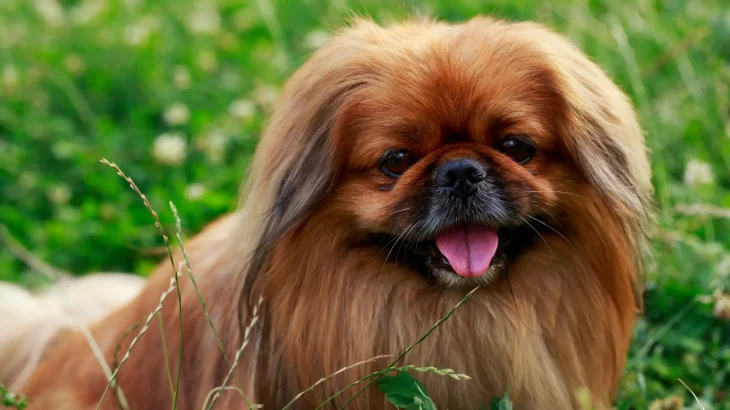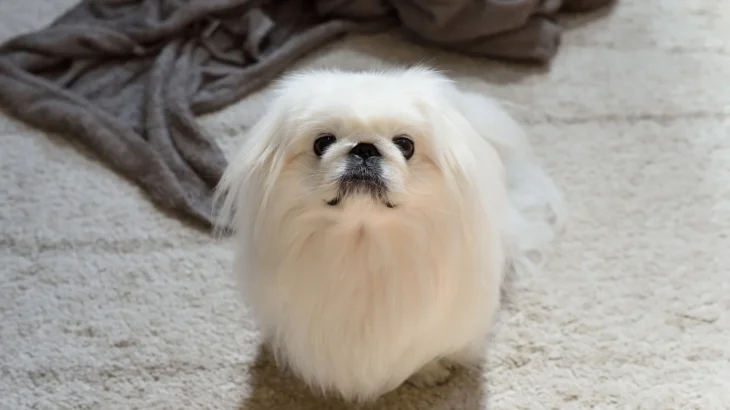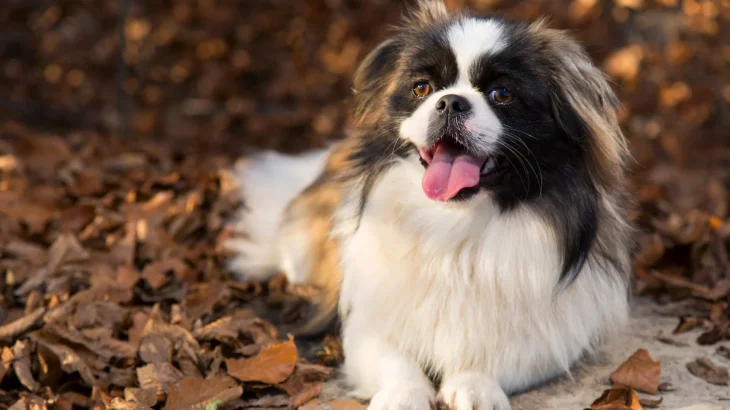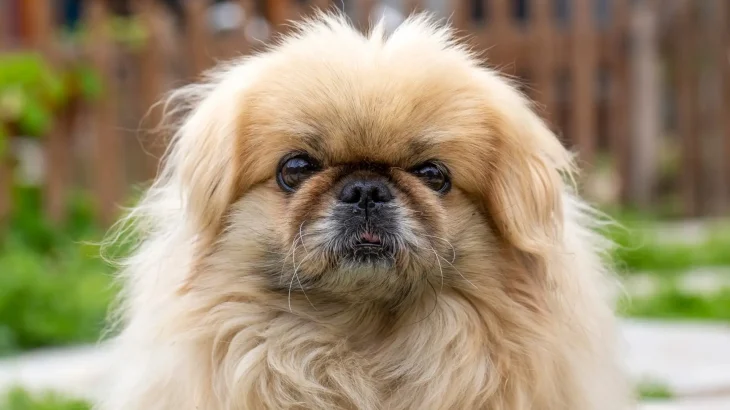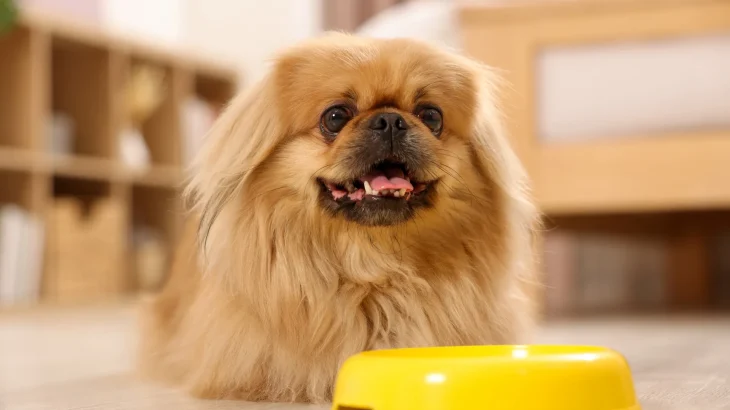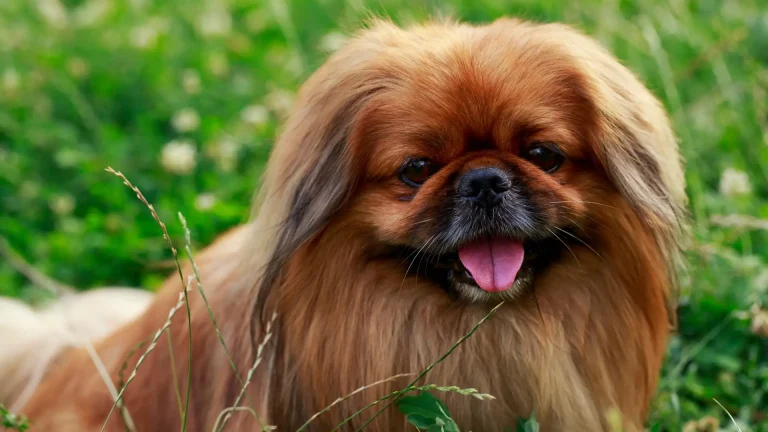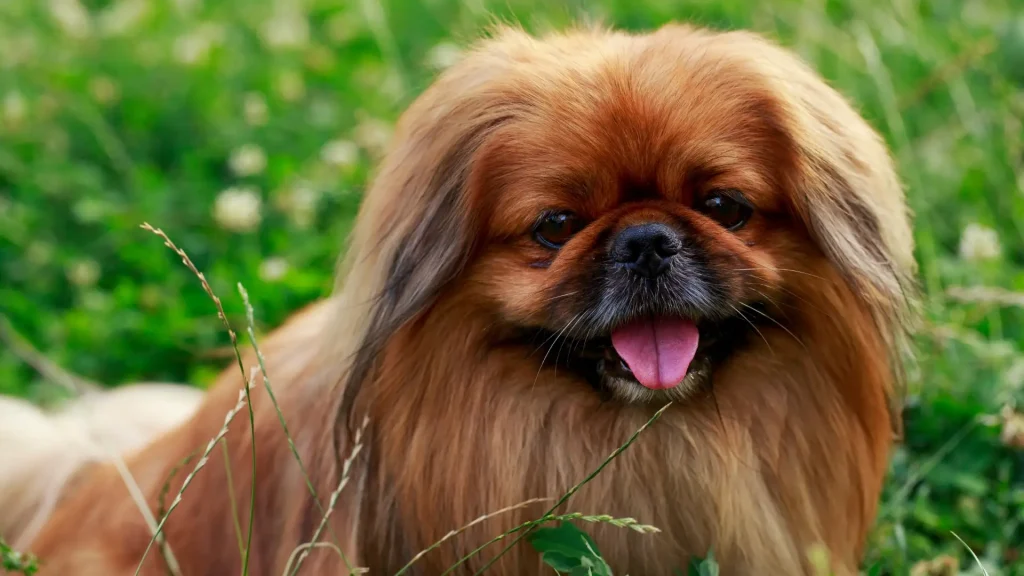Choosing between adopting or purchasing a Pekingese puppy often depends on your priorities regarding health transparency and ethical considerations. Buying from a reputable breeder usually offers detailed insights into the puppy's health and lineage, while adoption gives a chance to provide a loving home to a dog in need.
| Criteria | Buying from Breeder | Adopting from Shelter/Rescue |
|---|---|---|
| Cost | Generally higher, reflecting pedigree and breeder expenses. | Tends to be lower with affordable adoption fees. |
| Health History | Comprehensive health screenings and genetic testing usually available. | Health background may be incomplete but often includes basic vet checks. |
| Age Availability | Mostly young puppies for early training and bonding. | Varied ages, including adult or senior dogs ready for a new home. |
| Temperament Insight | Breeder can provide lineage temperament and socialization details. | Staff may share behavioral observations but full history may be unknown. |
| Supporting Practices | Supports preservation of breed standards when choosing ethical breeders. | Supports animal welfare efforts and reduces shelter overpopulation. |
| Ethical Considerations | Important to avoid puppy mills by selecting responsible breeders. | Adopting helps address pet homelessness and may feel more rewarding. |

